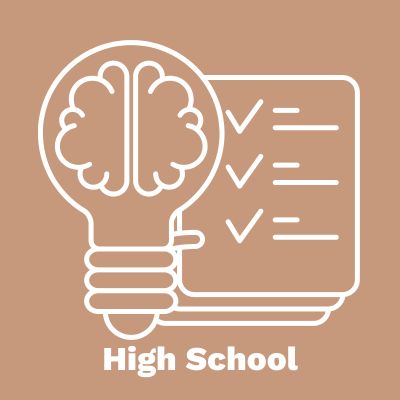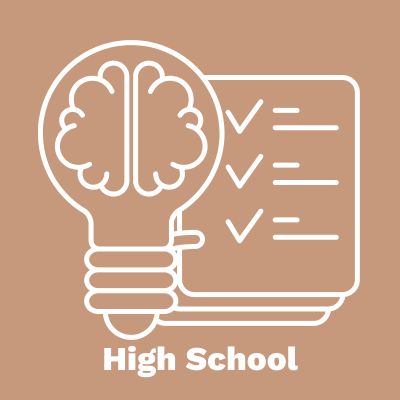Government Spending and Taxes
Students learn about economic equity programs.
{{searchResultSnippet}}
 Back to All
Back to All

These videos explain how the production possibilities curve (PPF) illustrates important economic concepts including scarcity, economic growth and opportunity costs.
Students play the role of producers in two fictional countries and discover that if they specialize and trade, they can produce and consume more goods than they would have been able to produce and consume on their own.
This video series illustrates the forces consumers and suppliers experience in a market to determine prices and the quantity produced.
Show how households and businesses interact in the market for resources and in the market for goods and services, and see how money keeps the whole process moving.
These interactive assignments defines and explains the components of gross domestic product, how it is measured and how data is used by policymakers to influence the economy.
These interactive assignments outlines the three types of unemployment and the importance of how those statistics are measured and used.
This video assignment explains what inflation is, what causes it, how it is measured, and the Federal Reserve’s goal for the inflation rate.
This reading assignment explains the seeming paradox we see in our economy: The inflation rate is decreasing, but prices continue to increase.
In this lesson, students participate in a mock-quiz exercise to experience effects similar to those that consumers experience when dealing with unstable prices.
Using an example from a pizzeria, the video explains why it’s important to adjust GDP for inflation when examining GDP over time.
This reading assignment on the business cycles includes information on the characteristics of the business cycle, theories on the causes of the business cycle, and how those theories have evolved since the Great Recession.
This online data dashboard that provides the most recent data on Gross Domestic Product, Consumer Price Index, and unemployment to supplement your teaching.
This video assignment introduces the benefits and costs of international trade that affect both consumers and producers when there are negative and positive demand shocks.
This interactive module assignment describes how positive and negative demand shocks cause changes to real GDP, price level, and unemployment in the aggregate demand / aggregate supply model.
Cover basic elements of government taxation and spending as well as how policy can influence the economy.
This video assignment explains automatic stabilizers and how they help smooth the business cycle.
This reading assignment includes an explanation of what the real interest rate is as well as how it affects borrowing, lending, and investment.
Learn how inflation influences the real return on your savings deposits, how it impacts borrowers and lenders differently, and why price stability—a responsibility of the Federal Reserve System—is so important.
This video assignment describes the three functions of money and the six characteristics that makes money what it is.
These teaching resources will help you and your students master the new way the Fed conducts monetary policy.
This audio assignment looks at economic growth—how innovation and technological progress can make things happen for the economy over time by organizing the factors of production to be more productive.
This reading assignment discusses the role that economic institutions play in fostering long-term economic growth.
This issue of Page One Economics describes some economic pros and cons communities face when considering massive construction projects for professional clubs.
Students match programs for low-income people with the type of economic inequity the program addresses and observe an activity simulating tax payments and transfers.
In this lesson, students engage in a scavenger hunt to find the exchange rate for the currency of 24 countries. They use the information and other resources to answer questions related to the geography, trade, and currency of these countries.
This reading assignment discusses the role that economic institutions play in fostering long-term economic growth.
Learn more about foreign exchange rates in this reading assignment.
Students match programs for low-income people with the type of economic inequity the program addresses and observe an activity simulating tax payments and transfers.
These five-minute informal assessments quickly introduce AP Macro content to students and provide immediate feedback to instructors.
Infographics are graphic representations of information that allow viewers to grasp information quickly. Use these infographics in the classroom to teach and reinforce economic and personal finance concepts in a colorful and easy-to-understand format.

Government Spending and Taxes
Students learn about economic equity programs.

Herd Immunity and Positive Externalities Lesson
Investigate the concept of positive externalities.

Marginal Analysis: How Clean Is Clean Enough?
Illustrate marginal cost of cleaning up pollution.

Supply and Demand of Pollution
Examine what happens when the supply or demand of pollution disposal changes.

The Emissions Simulation
Define emissions tax and tradable permit system.

Green Is the New Gold
Understand factors of production and analyze businesses production processes.
{{resourceTitle}}
{{resourceBlurb}}